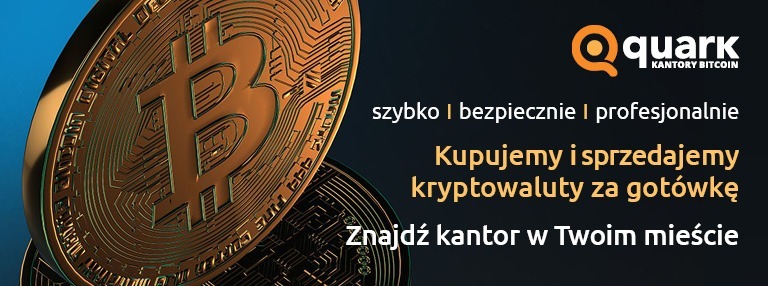
Bitcoin, the most well-known cryptocurrency, gains increasing trust from investors after successfully passing the liquidity test. Despite growing tensions from US authorities and changing market narratives, trust in the hash rate-based network reaches record levels.
According to Bloomberg analysts, Bitcoin, the flagship cryptocurrency, gains more and more supporters thanks to successfully passing the liquidity test, despite uncertain market conditions and increased pressure from US authorities. Trust in the hash rate-based network reaches record values.
Undoubtedly, at the beginning of 2023, the main market narrative was maintaining high interest rates for longer. However, the market situation changed dramatically when there was a liquidity crisis in US banks caused by a record increase in interest rates by the Federal Reserve and withdrawals of deposits by customers.
As a result, the difference between the two-year treasury and the federal funds rate deepened further into the negative. This was the largest negative value since the global financial crisis in 2008, indicating that the market anticipates a significant economic slowdown and deflation.
Despite these challenges, Bitcoin is gaining increasing recognition as a potential global reserve asset. In the past, the cryptocurrency did not fare well during liquidity crises. For example, in 2020, during the pandemic, Bitcoin’s value fell by 50% within a month when the FRA-OIS rate in the US rose to 78 basis points. In 2010, during the sovereign debt crisis in the EU, Bitcoin lost 80% of its value when the rate rose to 60 basis points within five months.
However, now, when the rate has risen to 60 basis points, the third-highest value since the financial crisis, Bitcoin’s value has risen by over 20%. This means that the cryptocurrency has successfully passed its first major liquidity test. Of course, in the event of another global crisis, such as a pandemic or cyber attack, Bitcoin is unlikely to be immune to losses. Nevertheless, as a hedge against an unstable fractional reserve banking system, Bitcoin passed an important test.
Despite the tightening of policies towards cryptocurrencies by the US authorities, Bitcoin recorded its second-best result in the first quarter in the last decade. This speaks to a potentially significant turning point for the network. In previous years, strong results in the first quarter translated into higher prices at the end of the year.
While federal authorities and regulators try to maintain trust in the fractional reserve banking system, Bitcoin’s decentralized and distributed network, consisting of nodes, miners, and users, is becoming increasingly stronger. The doubling of the hash rate during the bear market in 2022 and an impressive start to this year confirm this trend.
Hash rate refers to the computing power of the network, which is used to process and verify transactions in Bitcoin’s blockchain. The higher the hash rate, the more difficult it is for an entity to control the network or manipulate transaction history.
In conclusion, Bitcoin is gaining increasing trust as a potential global reserve asset, despite unfavorable market conditions and pressure from authorities. Trust based on the hash rate indicator reaches record values, which may indicate the network’s increasing resilience to future challenges.
